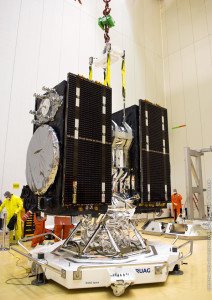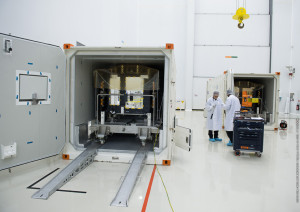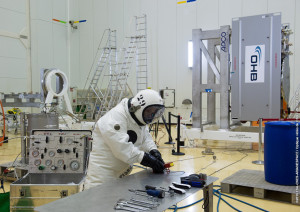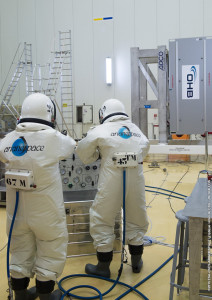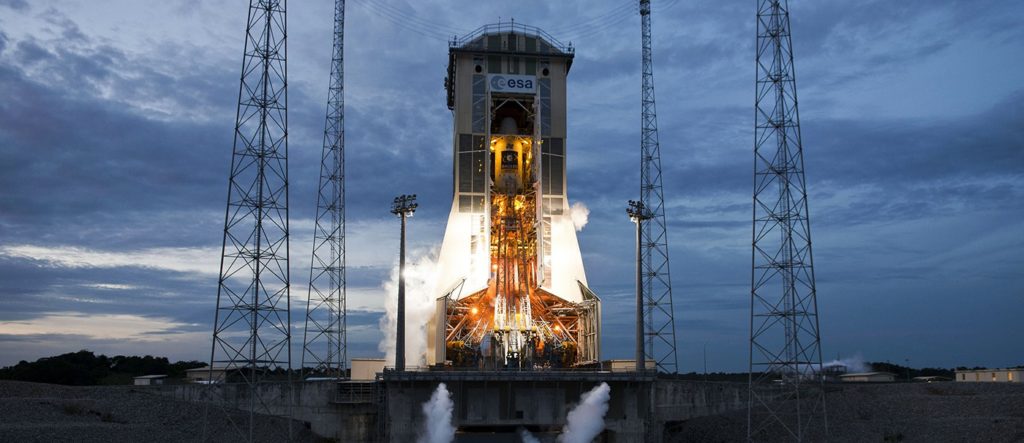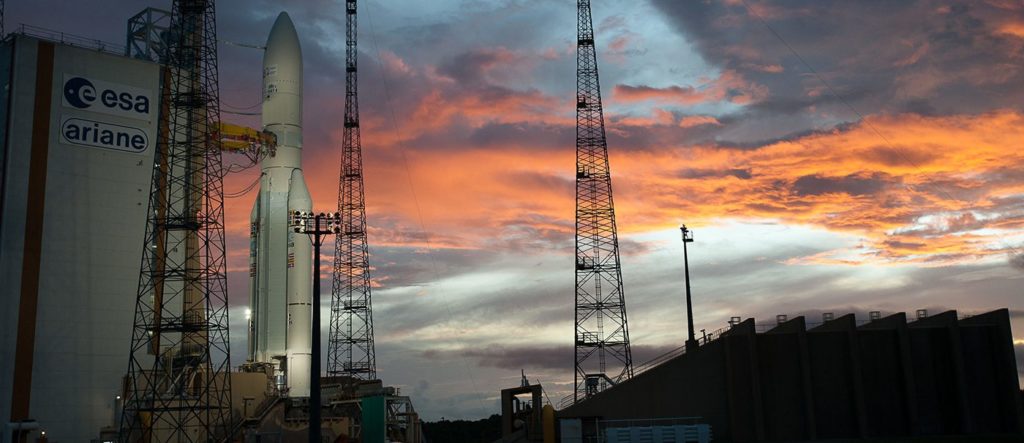
A European team, led by French engineer Laurent Lestarquit and his Spanish colleague José Ángel Ávila Rodríguez and including German Günter Hein and Belgian Lionel Ries, has a unique specialism: sending clear signals from space. A virtual cacophony of radio frequencies is sent down to earth from the more than 50 navigation positioning satellites currently in orbit – including those of the US-led Global Positioning System (GPS), Russia’s Global Navigation Satellite System (GLONASS) and more recently Europe’s Galileo system. This team has helped ensure that signals do not interfere with each other, and that users and developers alike will be able to profit from the next-generation positioning technology that Galileo offers.
The team’s contribution of modulation and spread-spectrum signal technologies forms one of the joint European satellite positioning system’s core components, delivering signals that enhance accuracy, save on satellite power and ensure interoperability with GLONASS and the current GPS and its possible upgrades. Read more…

